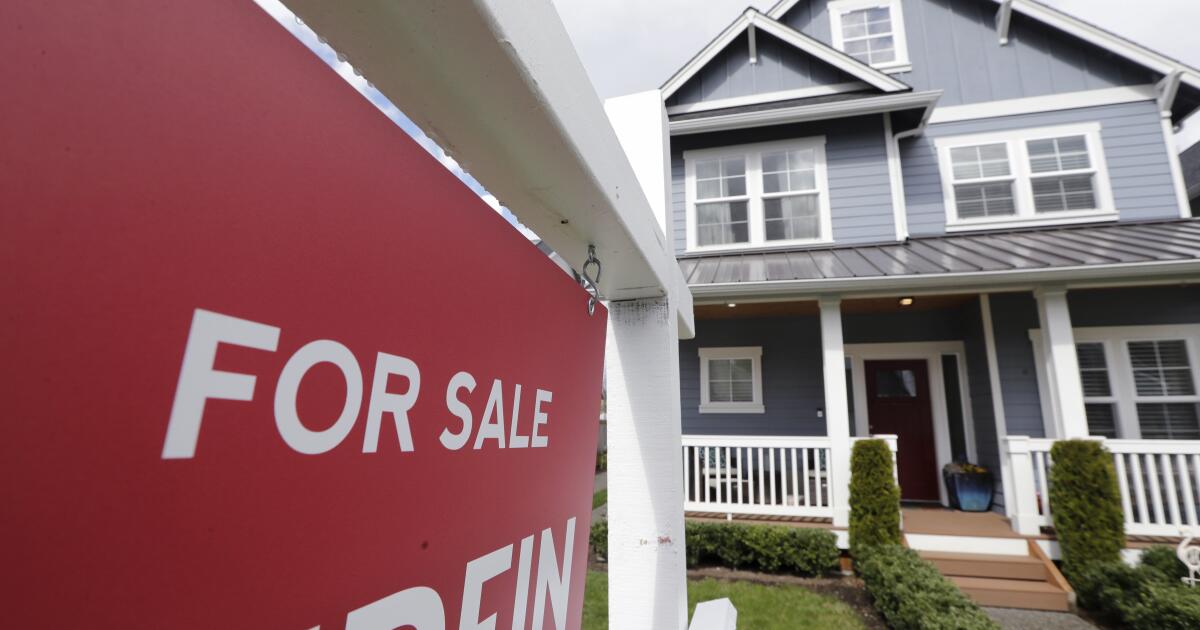Seven in 10 empty nesters across Queensland are still clinging to the family home, despite new research showing downsizing could free up 60,000 desperately needed properties nationwide.
A study by Australian Seniors reveals just 19 per cent of the state’s empty nesters moved into a smaller property after their children moved out, while 13 per cent said they were considering it, leaving 68 per cent staying put.
A separate analysis of Census data revealed the Queensland suburbs with the highest populations of potential downsizers, defined as residents aged over 50.
Aspley was among Brisbane suburbs with the highest population of residents aged over 50
Cleveland in Greater Brisbane’s Redland district led with 8,364 people in that demographic, followed by Aspley in Brisbane’s north.
The remaining top 10 boomer hotspots were located on the Gold and Sunshine Coasts:
Labrador, Hope Island, Tewantin, Carrara, Coombabah, Runaway Bay, Noosaville and Pelican Waters.
These areas also ranked among suburbs where homeowners held onto properties for more than a decade.
PropTrack senior economist Eleanor Creagh said making better use of existing homes was crucial to ease Australia’s housing shortage.
PropTrack senior economist Eleanor Creagh
“There are many underoccupied homes around the country and even if we had just some of those offered up, that could unlock a lot of options for families,” Ms Creagh said.
She said stamp duty was one of the biggest disincentives facing potential downsizers, while a shortage of suitable smaller homes in their preferred area was another.
Brisbane real estate agent Christine Rudolph, of Ray White New Farm, said older homeowners typically took about four years from deciding to downsize until they were ready to list.
“A lot of my clients have been in the family home for 30 years so downsizing can be a very overwhelming experience,” Ms Rudolph said.
“It is a psychological process of letting go, but also they have to understand where they are going to go, and one of the biggest challenges for downsizers is that they want the certainty of being able to lock in a property before going on the market.”
Labrador on the Gold Coast is home to an ageing population
MORE NEWS
Four cuts: Aus bank’s huge move before RBA
Trump move sparks investor flight to property
Olympic-winning premier puts Brisbane home on the market
Downsizers were faced with stiff competition to secure an apartment in the current market, where vendors were mostly not open to conditions allowing buyers to first sell their own property.
“I am now encouraging my clients to buy the apartment where they see themselves living before they are ready to downsize and keep it as an investment property, if they are in a position to do so,” Ms Rudolph said.
Social demographer Mark McCrindle said empty nesters resisted moving for financial, practical and emotional reasons.
“This is the generation that has seen great benefit from that family home,” Mr McCrindle said.
“They’ve seen the land value increase and that is a key part of why they are not wanting to give up on that.
Retirement Living Council executive Daniel Gannon
The housing crisis has become a cornerstone of the federal election campaign, spurring the Retirement Living Council’s (RLC) to call for reforms that could unlock 59,576 homes nationwide — 22,114 of them in Queensland, particularly in low-to-middle-income areas including Logan, Lockyer Valley, Ipswich, Moreton Bay and Somerset.
The RLC’s report, Removing Rightsizing Roadblocks, urges overhaul of Age Pension asset rules and Commonwealth Rent Assistance eligibility to ensure retirees aren’t penalised for moving into more suitable dwellings.
RLC executive Daniel Gannon said these changes would reduce demand on public housing, hospitals and aged care, while boosting state revenue by $2.95b in stamp duty.
The RLC is calling for reform to outdated policies penalising downsizers
“Prehistoric policies are locking older Australians in large family homes during a housing crisis when rightsizing initiatives should be front and centre to ease pressure on housing and healthcare systems,” Mr Gannon said.
“It’s absurd that policies written decades ago are expected to keep up with modern day house prices and cost of living. Older Australians risk losing their pension while younger people are in housing limbo.”
Over 30 years from 1994 to 2024, capital city median house prices had jumped close to 600 per cent, while the asset threshold to receive a full age person had increased only 178 per cent for a single homeowner or 193 per cent for a couple during the same period.
“Seismic shifts in housing markets and skyrocketing prices mean asset-rich, cash-poor older Australians are actively punished for rightsizing into more suitable housing as they free up equity,” Mr Gannon said.
AVID general manager Manuel Lang
Separate research by AVID Property Group found lifestyle considerations were a major driver of downsizing decisions by modern Queenslanders.
AVID found 39 per cent of prospective downsizers were driven by “ageing well in a community where their wellbeing had been considered”.
“Interestingly, ‘freeing up extra cash for retirement’ was barely a consideration for these Queensland customers,” said AVID general manager land lease communities Manuel Lang.
Mr McCrindle said: “Many when they’ve made that move say we should’ve done it sooner…otherwise what inevitably happens is an accident or health issue forces the situation.”



















 English (US) ·
English (US) ·